Since Laravel 5.2, the built-in Auth authentication system can support multiple role authentication. That is to say, if you have two roles: administrator and ordinary user, you can achieve authentication through the same Auth system.
This article will give you a detailed introduction to the relevant content of Laravel's multi-user authentication system, and share it for your reference and study. I won't say much below, let's take a look at the detailed introduction.
#1 Automatically generate code
#Laravel’s own Auth can generate related authentication controllers and templates through one line of commands And routing:
php artisan make:auth
This will generate an AuthController authentication controller and HomeController general controller. This controller is of no use. It just jumps after successful login. ;There are also some template files required for login and registration, just look at resource/view; and relevant authentication routes will be generated in the routing file, the source code is in \Illuminate\Routing\Router::auth (); , in fact, it is configured with some login and registration functions:
public function auth() {
// Authentication Routes...
$this->get('login', 'Auth\AuthController@showLoginForm');
$this->post('login', 'Auth\AuthController@login');
$this->get('logout', 'Auth\AuthController@logout');
// Registration Routes...
$this->get('register', 'Auth\AuthController@showRegistrationForm');
$this->post('register', 'Auth\AuthController@register');
// Password Reset Routes...
$this->get('password/reset/{token?}', 'Auth\PasswordController@showResetForm');
$this->post('password/email', 'Auth\PasswordController@sendResetLinkEmail');
$this->post('password/reset', 'Auth\PasswordController@reset');
}#2 auth.php file configuration
This is a configuration file related to authentication. It is estimated that many people cannot understand some concepts in it, such as guard and provider
, and the documentation is basically not written. . So what exactly is guard? This can be understood as a role. Each item in the guards
array is a role. The default ones are web and api, which means that these two roles currently use the authentication system. Of course, these two will definitely not meet our requirements, so we usually customize some guards. Customization is also very simple, just add an item to the guards array, where the driver indicates how to save the user status for this authentication, usually in the session, and the provider is an item in the provider array below, so what is the provider? Woolen cloth? This is easier to understand. If you want to implement user authentication, you must save the user name and password, right? Then the provider tells Laravel which table your user information is stored in, and the driver tells Laravel which method to use to operate the database.
#3 Authentication
In fact, the code automatically generated by Laravel can already meet the needs of login and registration, but every Each guard requires an AuthController, so how to share an authentication controller? Guard is used here because it can represent the user's identity to perform different logic. However, this guard cannot be obtained in the authentication controller, so we can achieve it through routing parameters. Define a routing group:
Route::group(['prefix'=>'{guard}'],function(){ Route::auth();});In this routing group we set the prefix to the guard parameter, so that the current guard can be obtained in the AuthController . Under normal circumstances, we obtain routing parameters through dependency injection Request instances, but there is also a pitfall here. That is, before version 5.1, all routing parameters could be obtained through
$request->input('key')
Get it this way, but it no longer works in 5.2. You must get it through
$request->key
, or get it directly from the routing instance, I don’t know What is the reason. Some traits are used in the AuthController controller. These traits implement the logic of authentication registration. You can customize the logic by rewriting some properties of the controller. Including $redirectTo and $guard and $username, etc. At a glance, you can tell that the first one is to jump after successful login, and the second one is Define the guard currently used, and the third one is the username field used for authentication. So we can customize it by obtaining the guard in the authentication controller.
#4 Routing protection
# Generally those who make authentication systems have to protect routes, so how? What about protected routing? The document says to add an auth middleware to the routes that need to be protected, but what is the reality? This is indeed the case, but what the document does not say is that the route protected by auth middleware must also be added with web middleware, must also be added with web middleware, must also be added with web middleware, it is important You have to say things three times, otherwise what problems will arise? Regardless of whether your authentication succeeds or fails, you will jump to the / route. Be careful about this big pitfall! Of course, you can also specify guard in the middleware to let Laravel know which one to authenticate through. If not specified, the default one in the configuration file will be used:
Route::get('profile', [ 'middleware' => 'auth:api', 'uses' => 'ProfileController@show']);
#5 Obtain user instance
After passing the authentication, you can obtain the currently authenticated user instance through the Auth facade.
$user = Auth::user();
Another thing to note here is that the above method obtains the guard in the configuration file by default. If the guard you are currently logged in is not configured In the file, you must get it like this:
$user = Auth::guard('guard')->user();
#6 总结
总得来说,Laravel5.2自带的Auth系统还是很好用的,只是有一些小坑文档没说清楚,用过几次之后就可以很熟悉了,可以给我们节约很多的开发时间。
相关推荐:
The above is the detailed content of Introduction to Laravel's multi-user authentication system. For more information, please follow other related articles on the PHP Chinese website!
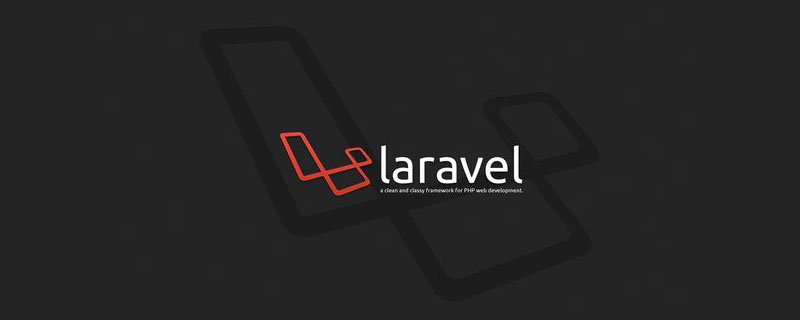 laravel单点登录方法详解Jun 15, 2022 am 11:45 AM
laravel单点登录方法详解Jun 15, 2022 am 11:45 AM本篇文章给大家带来了关于laravel的相关知识,其中主要介绍了关于单点登录的相关问题,单点登录是指在多个应用系统中,用户只需要登录一次就可以访问所有相互信任的应用系统,下面一起来看一下,希望对大家有帮助。
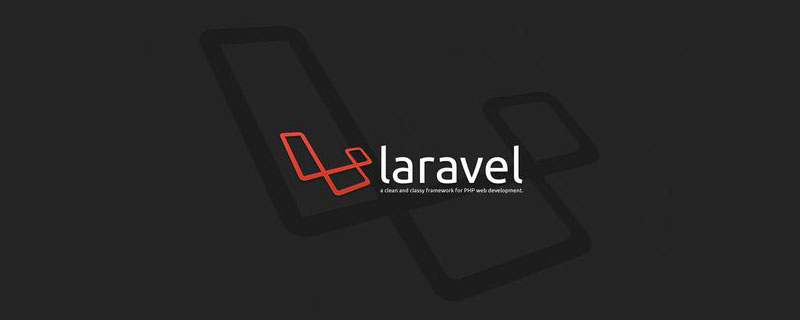 一起来聊聊Laravel的生命周期Apr 25, 2022 pm 12:04 PM
一起来聊聊Laravel的生命周期Apr 25, 2022 pm 12:04 PM本篇文章给大家带来了关于laravel的相关知识,其中主要介绍了关于Laravel的生命周期相关问题,Laravel 的生命周期从public\index.php开始,从public\index.php结束,希望对大家有帮助。
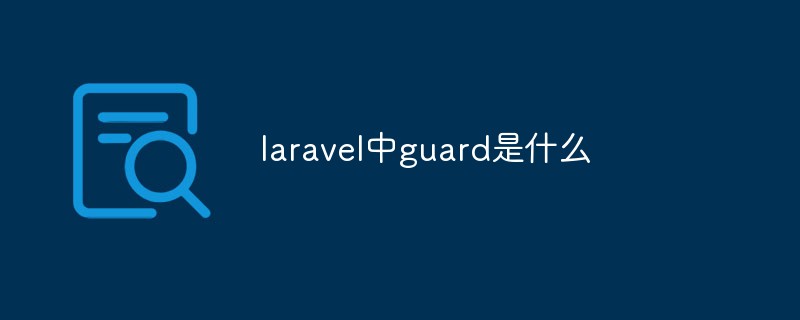 laravel中guard是什么Jun 02, 2022 pm 05:54 PM
laravel中guard是什么Jun 02, 2022 pm 05:54 PM在laravel中,guard是一个用于用户认证的插件;guard的作用就是处理认证判断每一个请求,从数据库中读取数据和用户输入的对比,调用是否登录过或者允许通过的,并且Guard能非常灵活的构建一套自己的认证体系。
 laravel中asset()方法怎么用Jun 02, 2022 pm 04:55 PM
laravel中asset()方法怎么用Jun 02, 2022 pm 04:55 PMlaravel中asset()方法的用法:1、用于引入静态文件,语法为“src="{{asset(‘需要引入的文件路径’)}}"”;2、用于给当前请求的scheme前端资源生成一个url,语法为“$url = asset('前端资源')”。
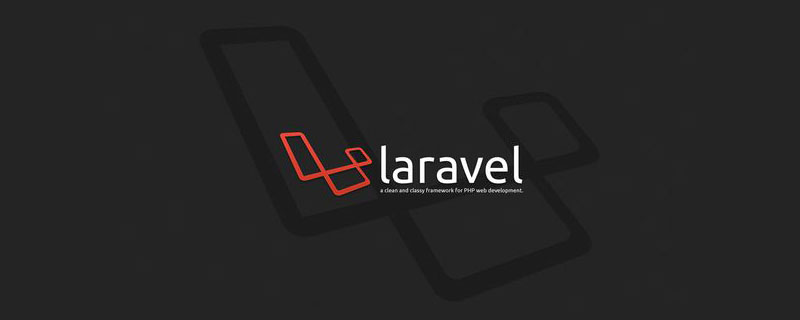 实例详解laravel使用中间件记录用户请求日志Apr 26, 2022 am 11:53 AM
实例详解laravel使用中间件记录用户请求日志Apr 26, 2022 am 11:53 AM本篇文章给大家带来了关于laravel的相关知识,其中主要介绍了关于使用中间件记录用户请求日志的相关问题,包括了创建中间件、注册中间件、记录用户访问等等内容,下面一起来看一下,希望对大家有帮助。
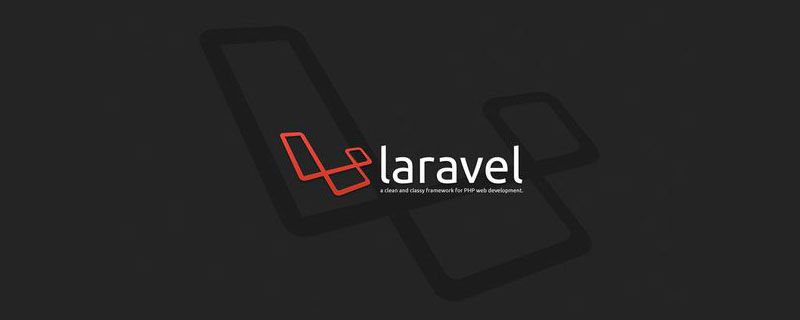 laravel中间件基础详解May 18, 2022 am 11:46 AM
laravel中间件基础详解May 18, 2022 am 11:46 AM本篇文章给大家带来了关于laravel的相关知识,其中主要介绍了关于中间件的相关问题,包括了什么是中间件、自定义中间件等等,中间件为过滤进入应用的 HTTP 请求提供了一套便利的机制,下面一起来看一下,希望对大家有帮助。
 laravel的fill方法怎么用Jun 06, 2022 pm 03:33 PM
laravel的fill方法怎么用Jun 06, 2022 pm 03:33 PM在laravel中,fill方法是一个给Eloquent实例赋值属性的方法,该方法可以理解为用于过滤前端传输过来的与模型中对应的多余字段;当调用该方法时,会先去检测当前Model的状态,根据fillable数组的设置,Model会处于不同的状态。
 laravel路由文件在哪个目录里Apr 28, 2022 pm 01:07 PM
laravel路由文件在哪个目录里Apr 28, 2022 pm 01:07 PMlaravel路由文件在“routes”目录里。Laravel中所有的路由文件定义在routes目录下,它里面的内容会自动被框架加载;该目录下默认有四个路由文件用于给不同的入口使用:web.php、api.php、console.php等。


Hot AI Tools

Undresser.AI Undress
AI-powered app for creating realistic nude photos

AI Clothes Remover
Online AI tool for removing clothes from photos.

Undress AI Tool
Undress images for free

Clothoff.io
AI clothes remover

AI Hentai Generator
Generate AI Hentai for free.

Hot Article

Hot Tools

SublimeText3 English version
Recommended: Win version, supports code prompts!

Safe Exam Browser
Safe Exam Browser is a secure browser environment for taking online exams securely. This software turns any computer into a secure workstation. It controls access to any utility and prevents students from using unauthorized resources.

Zend Studio 13.0.1
Powerful PHP integrated development environment

DVWA
Damn Vulnerable Web App (DVWA) is a PHP/MySQL web application that is very vulnerable. Its main goals are to be an aid for security professionals to test their skills and tools in a legal environment, to help web developers better understand the process of securing web applications, and to help teachers/students teach/learn in a classroom environment Web application security. The goal of DVWA is to practice some of the most common web vulnerabilities through a simple and straightforward interface, with varying degrees of difficulty. Please note that this software

mPDF
mPDF is a PHP library that can generate PDF files from UTF-8 encoded HTML. The original author, Ian Back, wrote mPDF to output PDF files "on the fly" from his website and handle different languages. It is slower than original scripts like HTML2FPDF and produces larger files when using Unicode fonts, but supports CSS styles etc. and has a lot of enhancements. Supports almost all languages, including RTL (Arabic and Hebrew) and CJK (Chinese, Japanese and Korean). Supports nested block-level elements (such as P, DIV),






